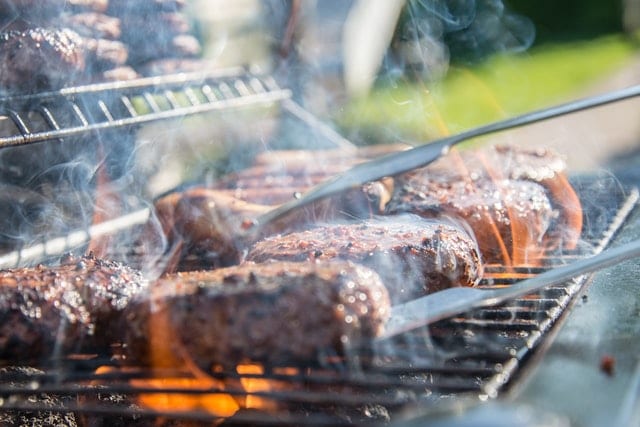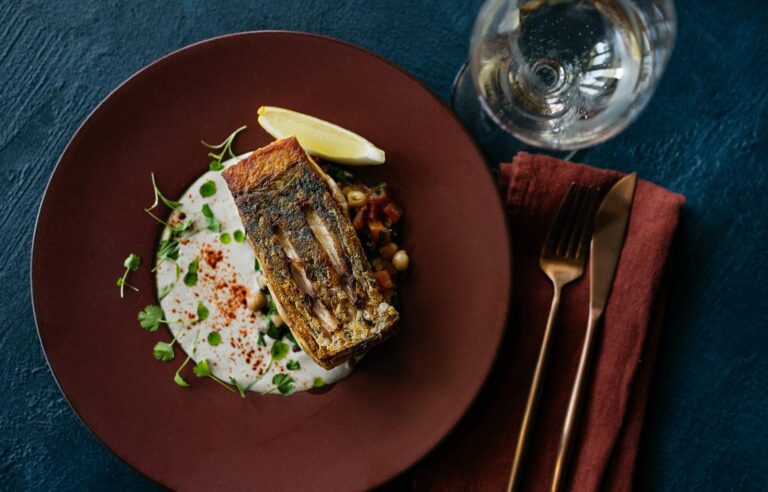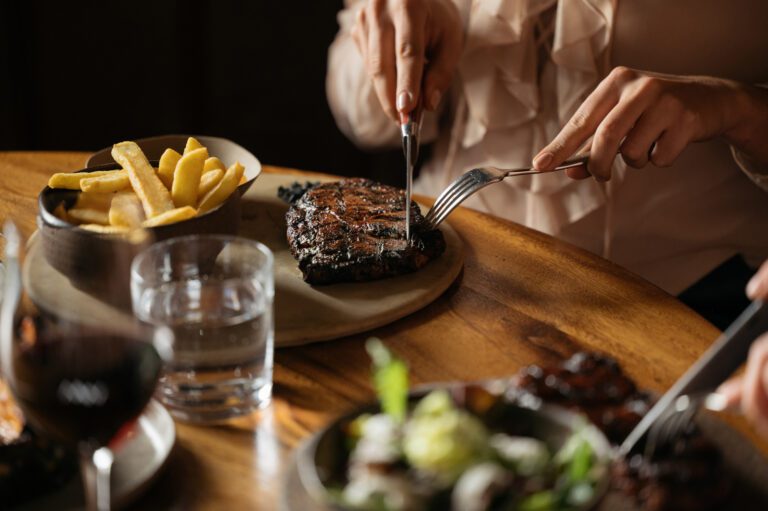You know you’re in Australia when you see kangaroo on the menu.
In fact, it’s a popular dish on the menu right here at The Meat & Wine Co, where we serve it medium rare, with hot buttery potato, native bush spice, tomato chutney, and crispy onion rings. If that doesn’t sound like the best kangaroo meat in Sydney, we don’t know what does.
But how much do you know about kangaroo meat? If you’ve never tried it before, here’s a little about what you can expect from this piece of modern Australian cuisine!
What does kangaroo taste like?
No, it doesn’t taste like chicken. But nor does it taste quite like steak.
Kangaroo is a gamey meat, and some foodies even prefer it to lamb and steak for its tenderness and taste. It tends to be a stronger flavour than beef or lamb, and even though it is a very lean meat, it’s not tough like venison can sometimes be.
Keep in mind that just as the taste of beef can vary greatly between a cheap burger joint and a high end steakhouse, so too can the taste of kangaroo. That’s why if you’re going to taste kangaroo, it’s best to do it somewhere you know the meat has been prepared well!
Is kangaroo meat nutritious?
Kangaroo meat is incredibly nutritious! It’s high in protein (slightly higher than beef), iron, and zinc, and even offers omega-3s, an essential nutrient that is usually associated with fish.
Kangaroo is also a very lean meat with less than 2 per cent fat. Thanks to its low fat and high protein content, it has become a popular option for fitness fanatics looking to cut down on calories and build muscle.
Fun fact: Some people include kangaroo as their only meat source in an otherwise vegetarian diet, and are known as ‘kangatarians’.
Is eating kangaroo bad for the environment?
If you’ve been cutting back on red meat in the name of the environment, kangaroo meat could be a great new option for you.
Did you know that there isn’t a single kangaroo farm in Australia? All kangaroo meat is therefore free range, without any growth hormones, antibiotics, or other human interventions. They don’t need acres of land watered by humans to grow, and their natural environments don’t need to be altered, either.
Additionally, kangaroos don’t produce as much methane as cows do, which is one of the biggest concerns in the dairy industry right now. Not to mention – kangaroos are widely considered to be pests!
Can I cook kangaroo meat at home?
Absolutely! Cooking kangaroo at home is much like cooking the perfect steak, as it is best served medium rare. That said, it’s a fantastic centre to any meat dish, such as burgers, sausages, casseroles, and meatballs.
The main tip to remember when cooking kangaroo at home is that it can dry out quickly with overcooking thanks to its low fat content.
If you’re wondering where to eat kangaroo in Sydney, or perhaps where to eat kangaroo in Melbourne, keep in mind that The Meat & Wine Co is a top modern Australian restaurant that serves this tasty dish every night of the week.




/assets/images/ajax-loader.gif)